“We are outside. Many of us die, but we don’t give up. We don’t give up! Our land is our life. Our resources are our livelihood! Who will protect our land if no one else will?”
By Bastian Harth
The breakout session titled “How to better protect land and environmental defenders (LED): analysis, recommendations and sharing of experiences” on the sidelines of the Global Land Forum featured a diverse panel coming from all continents: Renata Albuquerque form the Comissão Pastoral da Terra (CPT, Brazil); Denise H.J Musni from the Asian NGO Coalition for Agrarian Reform and Rural Development (ANGOC); Leiria Vay from the Comité de Desarrollo Campesino (CODECA, Guatemala); and Amina Daji from Mbororo Social and Cultural Association (MBOSCUDA, Cameroon). The session was moderated by Billy Kyte from Global Witness. Michel Forst, UN Special Rapporteur on the situation of Human Rights Defenders, attended the session as well.
The session brought up timely issues. In June 2018, international media reported that eight human rights defenders were killed in Guatemala after they defended their communities’ land, territory and environment against exploitation by national and international energy companies. After a short introduction, panellists jumped right into discussing their countries’ situation and their organisations’ goals when it comes to defending LEDs.
As the Guatemalan case emphasises, the situation of LEDs is dramatic. Defenders face violence and discrimination in the forms of criminalisation, illegal persecution, imprisonment, encroachments, and threats against their lives and families. All participants expressed this injustice by making reference to their particular cases. For instance, Ms Vay from CODECA condemned the actions taken by the Guatemalan government and called for proper protections for land and environmental defenders. Speaking of ILC’s recent High-Level Mission in Guatemala, Ms Vay said, “…the number of assassinations and attacks against human rights defenders in Guatemala is deeply disturbing. It is urgent that human rights institutions and international mechanisms speak out and call for the Government and the institutions in the country to fulfil their roles as guarantors of the rights to life.”
Ms Daji from MBOSCUDA stated that in Cameron, LEDs face similar persecutions. However, in collaboration with the ILC, MBOSCUDA has managed to get justice in two cases:
- When they took an active part in resolving the political imprisonment of Musa Ndamba, a member of MBOSCUDA who had been convicted for harassing a cattle rancher, tea plantation owner, and billionaire;
- When the ILC assisted in reinstating victims of a land grab in the Mamada Hill where CATUC grabbed 76 ha of populated land, which had been approved by Cameron’s Ministry of State Property, Survey and Land Tenure.
Conversely, Ms Musni from ANGOC focused on land conflicts and LEDs harassment in Asia which has been increasing and intensifying, particularly in South Asia. She stated that the global land rush (or global land grab) is an international paradigm, but it has primarily been felt in Asia where the UN estimated that foreign direct investment (FDI) was as high as $400 billion – making up 1/3 of the global investment.
Each speaker went on to introduce their organisation, key topics, and concerns. The session was enriched by a short video by Tierra Viva (a new ILC Member from Paraguay), which portrayed the struggle of rural and indigenous people who were forced out of their homes in rural Venezuela.
The video was followed by a Q&A session. During that time, speakers gave some fascinating insights into how their respective organisations address the protection of LEDs. ANGOC, for instance, offers support plans for aid organisations or countries to implement policies regarding land rights. The session also raised the issue of reaching indigenous peoples who tend to live in close connection with the environment, and do not understand or want interference from outside their jurisdiction. Furthermore, it is difficult for NGOs or advocacy organisations to help them since they often do not speak the national language which would make it easier to connect them with governmental entities.
Finally, the session moved to a workshop segment. The organisation Global Witness kindly provided international policy recommendations which address protection and reducing the risk to LEDs. The whole room was divided into three diverse groups speaking five different languages. Their purpose was to discuss Global Witness’ recommendations and identify policy gaps, prioritise recommendations, and give thought to the operationalisation of chosen policies. Discussions ranged from improving education, spreading awareness, influencing legislation processes, and increasing media coverage to protect LEDs. After 60 mins, the results were shared with all session participants.
Key takeaways: Implementing policies to address the protection of LEDs is challenging and needs to be pursued at different levels, from the government to the grassroots. The responsibility to protect human rights defenders lies with governments, and they are the ones implementing policies. Yet, the interference of LEDs threatens businesses and profit-making, making communication between governments and grassroots organisations a struggle. Therefore, it is essential to bilaterally and multilaterally communicate across different sectors to build a stronger network of states, companies, and investors which would help to ensure protection, consideration, advocacy, and encouragement of LEDs. As one participant said, “We can protect our LEDs. But, remember, you have to keep fear aside if you fight for human rights. You are fighting for your people and not yourself. You sacrifice yourself, and your life is in danger. Yet, your idea to protect your people will stay alive even if something happens to you!”
